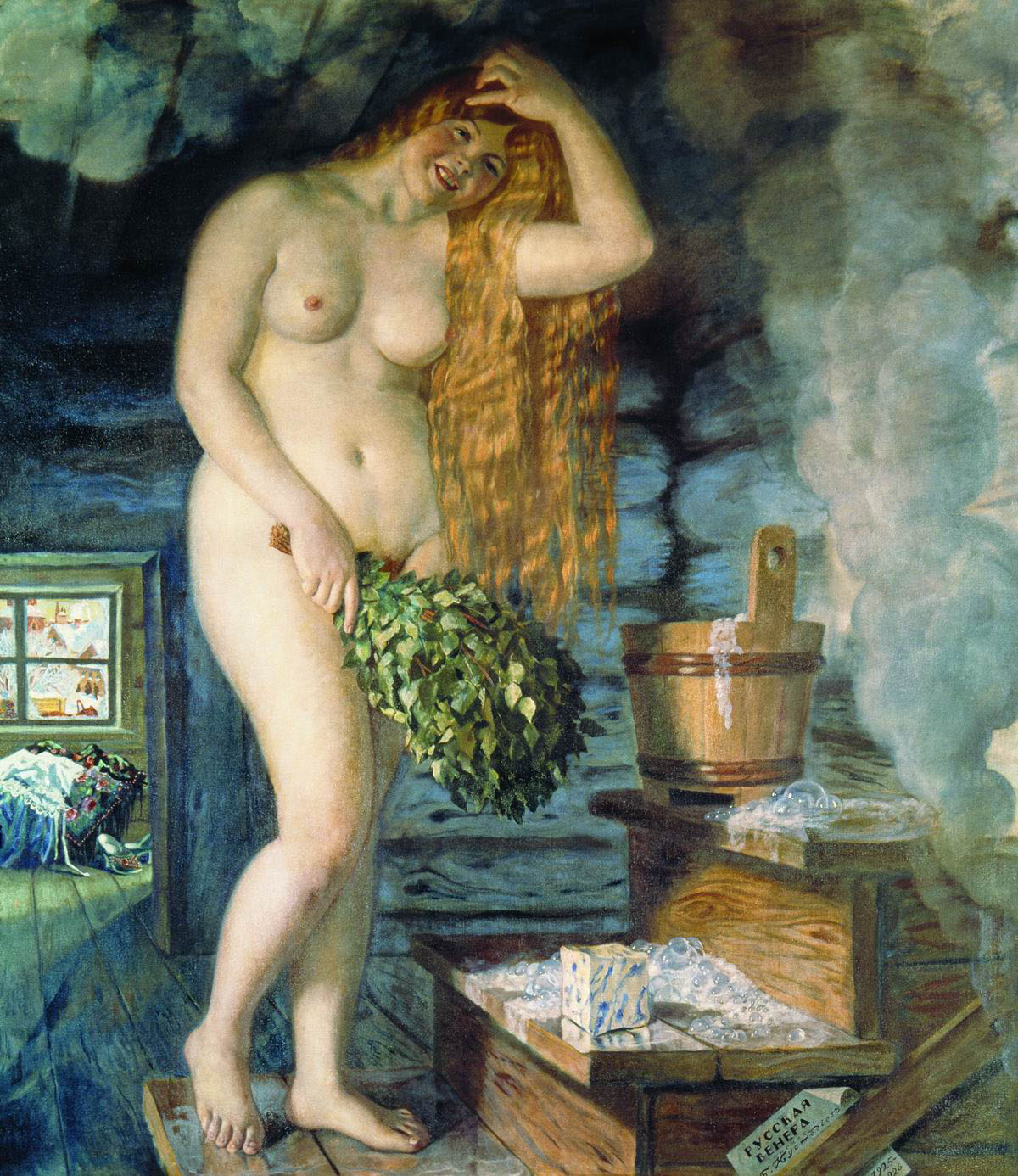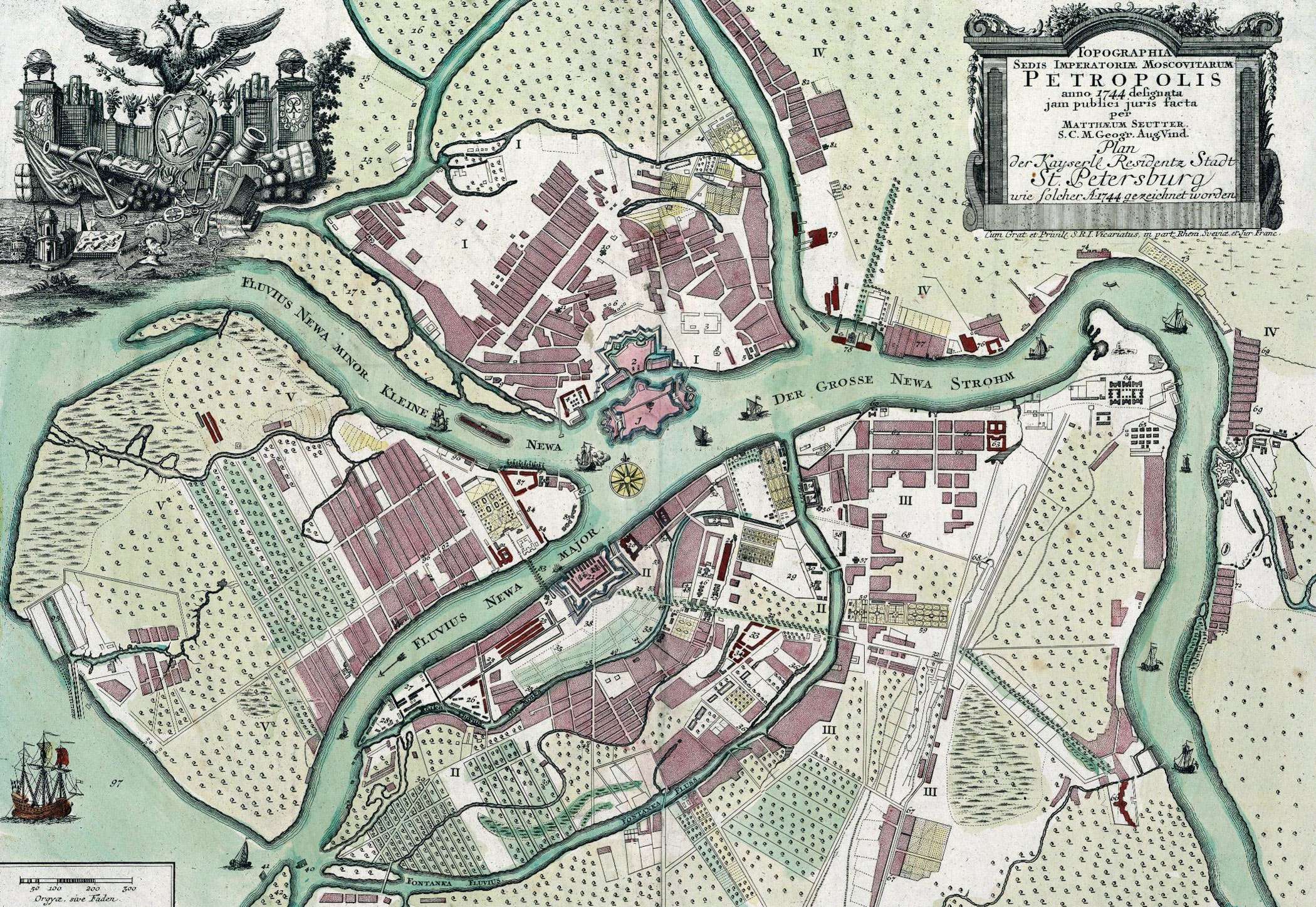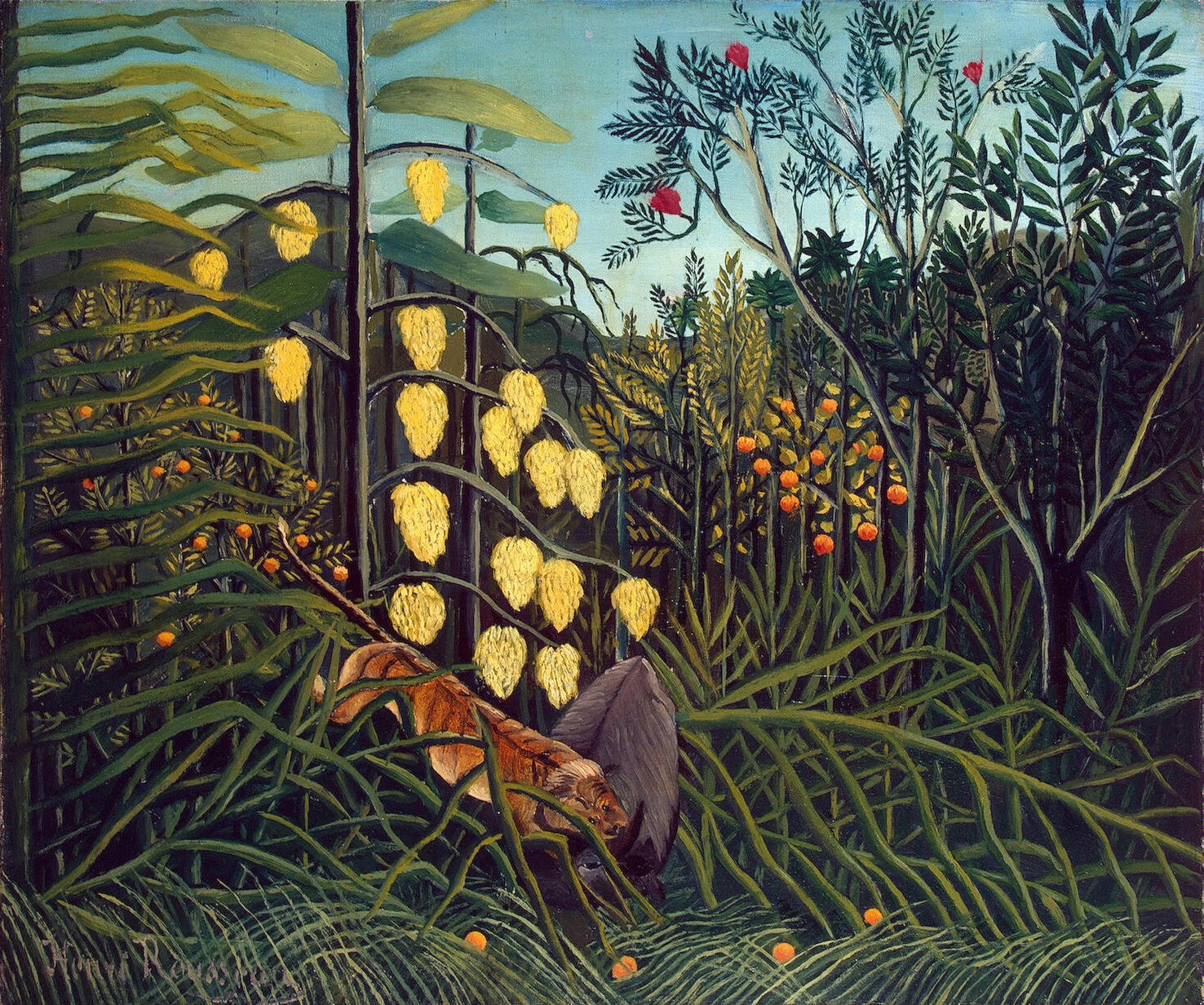|
Alexandre Iacovleff
Alexandre Yevgenievich Jacovleff (also spelt Iacovleff or Yakovlev, russian: Александр Евгеньевич Яковлев; – 12 May 1938) was a neoclassicist painter, draughtsman, designer and etcher. Biography Alexandre was the son of a naval officer from Saint Petersburg, where he was born. Between 1905 and 1913 he studied at the Imperial Academy of Arts under Kardovsky. While a student he enjoyed drawing and worked for the art magazines Apollon, Satiricon, Niva, Novyi Satirikon (New Satiricon). After 1912, Jacovleff was a member of Mir Iskusstva. Jacovleff's large group portrait ''On Academic Dacha'' was exhibited at the ''Baltic Exhibition'' in Malmö in 1912, and received praise from the critics, including Alexandre Benois. During his student days he befriended another Academy student, Vasiliy Shukhaev. They were almost inseparable, and received the nickname of ''The Twins''. In 1913, Jackovleff received the rank of an ''Artist'' and a scholarship to ... [...More Info...] [...Related Items...] OR: [Wikipedia] [Google] [Baidu] |
Saint Petersburg
Saint Petersburg ( rus, links=no, Санкт-Петербург, a=Ru-Sankt Peterburg Leningrad Petrograd Piter.ogg, r=Sankt-Peterburg, p=ˈsankt pʲɪtʲɪrˈburk), formerly known as Petrograd (1914–1924) and later Leningrad (1924–1991), is the second-largest city in Russia. It is situated on the Neva River, at the head of the Gulf of Finland on the Baltic Sea, with a population of roughly 5.4 million residents. Saint Petersburg is the fourth-most populous city in Europe after Istanbul, Moscow and London, the most populous city on the Baltic Sea, and the world's northernmost city of more than 1 million residents. As Russia's Imperial capital, and a historically strategic port, it is governed as a federal city. The city was founded by Tsar Peter the Great on 27 May 1703 on the site of a captured Swedish fortress, and was named after apostle Saint Peter. In Russia, Saint Petersburg is historically and culturally associated with t ... [...More Info...] [...Related Items...] OR: [Wikipedia] [Google] [Baidu] |
Banya (sauna)
A ''banya'' ( rus, баня, p=ˈbanʲə, a=Ru-баня.ogg) is originally a Russian steam bath with a wood stove. It is considered an important part of Russian culture. The bath takes place in a small room or building designed for dry or wet heat sessions. The steam and high heat make the bathers perspire. Genders were traditionally segregated in the ''banya'', with separate rooms for the sexes. In the Russian language, the word ''banya'' may also refer to a public bathhouse, the most historically famous being the Sanduny (''Sandunovskie bani''). History A mention of the ''banya'' is found in the ''Radziwiłł Chronicle'' in the story of Princess Olga's revenge for the murder of her husband, Prince Igor, by the Slavic tribe of Drevlians in 945 AD. The leader of the Drevlians had hopes of marrying the widow Olga and sent messengers to discuss the idea. "When the Drevlians arrived, Olga commanded that a bath should be made ready for them and said, 'Wash yourselves and come to ... [...More Info...] [...Related Items...] OR: [Wikipedia] [Google] [Baidu] |
Petrograd
Saint Petersburg ( rus, links=no, Санкт-Петербург, a=Ru-Sankt Peterburg Leningrad Petrograd Piter.ogg, r=Sankt-Peterburg, p=ˈsankt pʲɪtʲɪrˈburk), formerly known as Petrograd (1914–1924) and later Leningrad (1924–1991), is the second-largest city in Russia. It is situated on the Neva River, at the head of the Gulf of Finland on the Baltic Sea, with a population of roughly 5.4 million residents. Saint Petersburg is the fourth-most populous city in Europe after Istanbul, Moscow and London, the most populous city on the Baltic Sea, and the world's northernmost city of more than 1 million residents. As Russia's Imperial capital, and a historically strategic port, it is governed as a federal city. The city was founded by Tsar Peter the Great on 27 May 1703 on the site of a captured Swedish fortress, and was named after apostle Saint Peter. In Russia, Saint Petersburg is historically and culturally associated with th ... [...More Info...] [...Related Items...] OR: [Wikipedia] [Google] [Baidu] |
Cabaret
Cabaret is a form of theatrical entertainment featuring music, song, dance, recitation, or drama. The performance venue might be a pub, a casino, a hotel, a restaurant, or a nightclub with a stage for performances. The audience, often dining or drinking, does not typically dance but usually sits at tables. Performances are usually introduced by a master of ceremonies or MC. The entertainment, as done by an ensemble of actors and according to its European origins, is often (but not always) oriented towards adult audiences and of a clearly underground nature. In the United States, striptease, burlesque, drag shows, or a solo vocalist with a pianist, as well as the venues which offer this entertainment, are often advertised as cabarets. Etymology The term originally came from Picard language or Walloon language words ''camberete'' or ''cambret'' for a small room (12th century). The first printed use of the word ''kaberet'' is found in a document from 1275 in Tournai. The term was ... [...More Info...] [...Related Items...] OR: [Wikipedia] [Google] [Baidu] |
Moscow
Moscow ( , US chiefly ; rus, links=no, Москва, r=Moskva, p=mɐskˈva, a=Москва.ogg) is the capital and largest city of Russia. The city stands on the Moskva River in Central Russia, with a population estimated at 13.0 million residents within the city limits, over 17 million residents in the urban area, and over 21.5 million residents in the metropolitan area. The city covers an area of , while the urban area covers , and the metropolitan area covers over . Moscow is among the world's largest cities; being the most populous city entirely in Europe, the largest urban and metropolitan area in Europe, and the largest city by land area on the European continent. First documented in 1147, Moscow grew to become a prosperous and powerful city that served as the capital of the Grand Duchy that bears its name. When the Grand Duchy of Moscow evolved into the Tsardom of Russia, Moscow remained the political and economic center for most of the Tsardom's history. When th ... [...More Info...] [...Related Items...] OR: [Wikipedia] [Google] [Baidu] |
Fresco
Fresco (plural ''frescos'' or ''frescoes'') is a technique of mural painting executed upon freshly laid ("wet") lime plaster. Water is used as the vehicle for the dry-powder pigment to merge with the plaster, and with the setting of the plaster, the painting becomes an integral part of the wall. The word ''fresco'' ( it, affresco) is derived from the Italian adjective ''fresco'' meaning "fresh", and may thus be contrasted with fresco-secco or secco mural painting techniques, which are applied to dried plaster, to supplement painting in fresco. The fresco technique has been employed since antiquity and is closely associated with Italian Renaissance painting. The word ''fresco'' is commonly and inaccurately used in English to refer to any wall painting regardless of the plaster technology or binding medium. This, in part, contributes to a misconception that the most geographically and temporally common wall painting technology was the painting into wet lime plaster. Even in appar ... [...More Info...] [...Related Items...] OR: [Wikipedia] [Google] [Baidu] |
Sanguine
Sanguine () or red chalk is chalk of a reddish-brown colour, so called because it resembles the colour of dried blood. It has been popular for centuries for drawing (where white chalk only works on coloured paper). The word comes via French from the Italian ''sanguigna'' and originally from the Latin "sanguis". Technique Sanguine lends itself naturally to sketches, life drawings, and rustic scenes. It is ideal for rendering modeling and volume, and human flesh. In the form of wood-cased pencils and manufactured sticks, sanguine may be used similarly to charcoal and pastel. As with pastel, a mid-toned paper may be put to good use. A fixative may be applied to preserve the finished state of the drawing. The pigment used in sanguine sticks comes from red earths such as red ochre. . www.britannica.com. Retrieved August 20, 2016. Sangui ... [...More Info...] [...Related Items...] OR: [Wikipedia] [Google] [Baidu] |
Lubok
A ''lubok'' (plural ''lubki'', Cyrillic: russian: лубо́к, лубо́чная картинка) is a Russian popular print, characterized by simple graphics and narratives derived from literature, religious stories, and popular tales. Lubki prints were used as decoration in houses and inns. Early examples from the late 17th and early 18th centuries were woodcuts, followed by engravings or etchings, and from mid-19th century lithography. They sometimes appeared in series, which might be regarded as predecessors of the modern comic strip. Cheap and simple books, similar to chapbooks, which mostly consisted of pictures, are called lubok literature or (Cyrillic: russian: лубочная литература). Both pictures and literature are commonly referred to simply as ''lubki''. The Russian word ''lubok'' derives from ''lub'' - a special type of board (secondary phloem) on which pictures were printed. Background Russian ''lubki'' became a popular genre during the last half ... [...More Info...] [...Related Items...] OR: [Wikipedia] [Google] [Baidu] |
Primitivism
Primitivism is a mode of aesthetic idealization that either emulates or aspires to recreate a "primitive" experience. It is also defined as a philosophical doctrine that considers "primitive" peoples as nobler than civilized peoples and was an offshoot of nostalgia for a lost Eden or Golden Age. In Western art, primitivism typically has borrowed from non-Western or prehistoric people perceived to be "primitive", such as Paul Gauguin's inclusion of Tahitian motifs in paintings and ceramics. Borrowings from "primitive" or non-Western art have been important to the development of modern art. Primitivism has often been critiqued for reproducing the racist stereotypes about non-European peoples used by Europeans to justify colonial conquest. The term "primitivism" is often applied to the painting styles that pervaded prior to the Avant-garde. It also refers to the style of naïve or folk art produced by amateurs like Henri Rousseau without commercial intent and solely for the purpo ... [...More Info...] [...Related Items...] OR: [Wikipedia] [Google] [Baidu] |
Renaissance
The Renaissance ( , ) , from , with the same meanings. is a period in European history marking the transition from the Middle Ages to modernity and covering the 15th and 16th centuries, characterized by an effort to revive and surpass ideas and achievements of classical antiquity. It occurred after the Crisis of the Late Middle Ages and was associated with great social change. In addition to the standard periodization, proponents of a "long Renaissance" may put its beginning in the 14th century and its end in the 17th century. The traditional view focuses more on the early modern aspects of the Renaissance and argues that it was a break from the past, but many historians today focus more on its medieval aspects and argue that it was an extension of the Middle Ages. However, the beginnings of the period – the early Renaissance of the 15th century and the Italian Proto-Renaissance from around 1250 or 1300 – overlap considerably with the Late Middle Ages, conventionally da ... [...More Info...] [...Related Items...] OR: [Wikipedia] [Google] [Baidu] |





.jpg)


